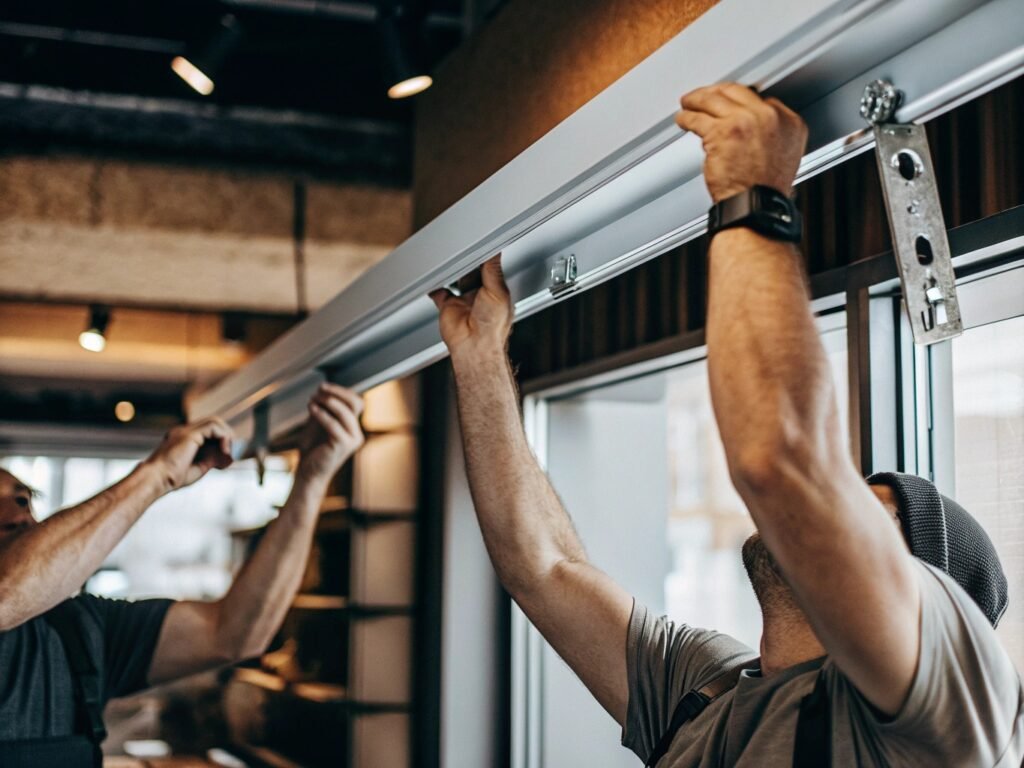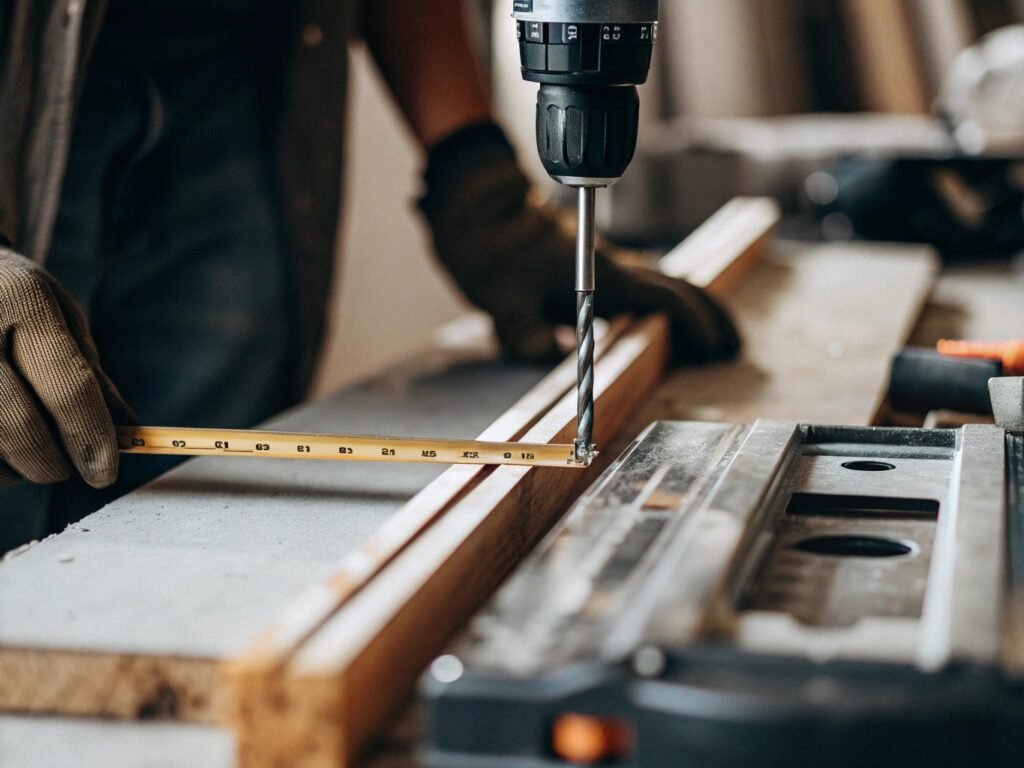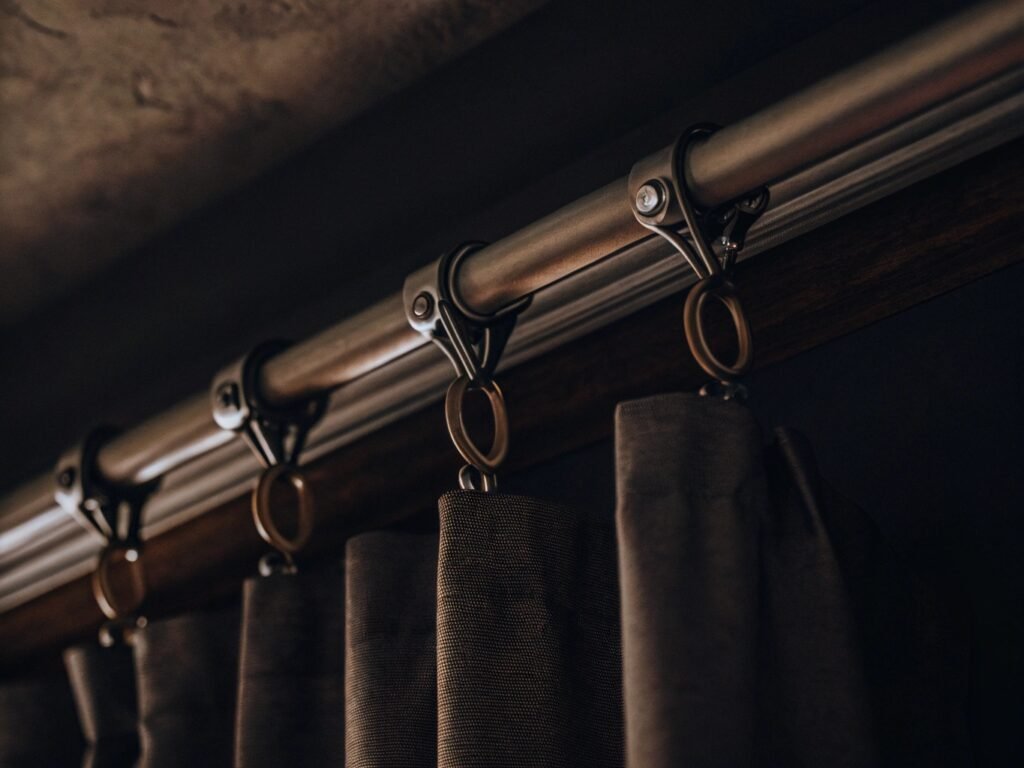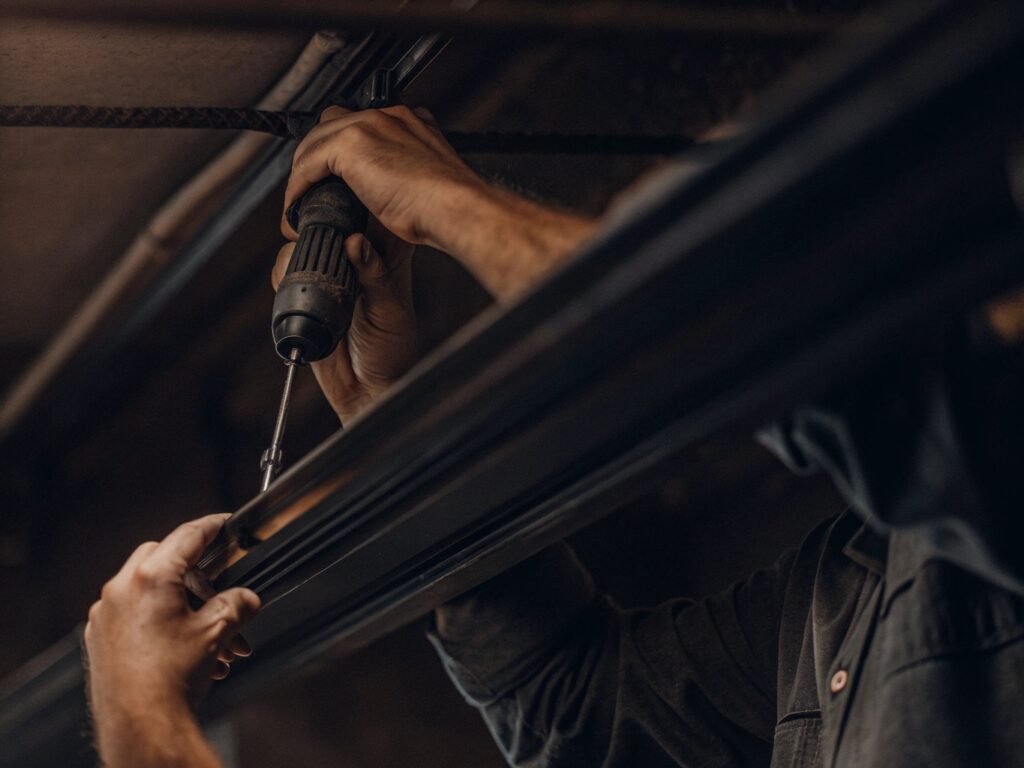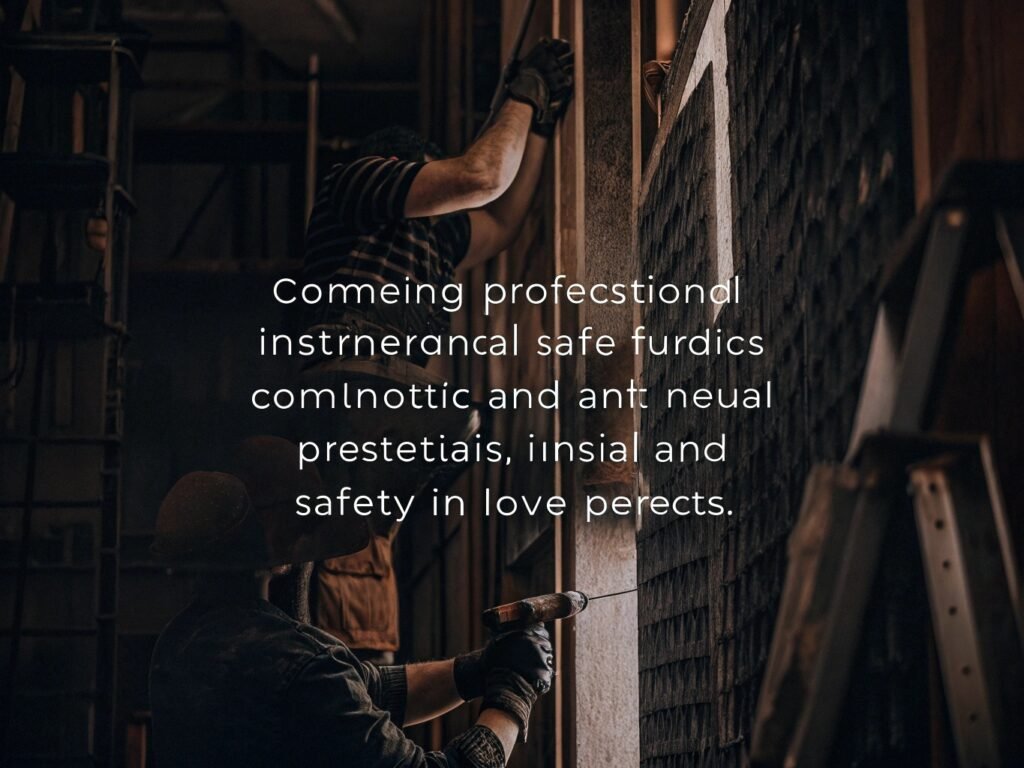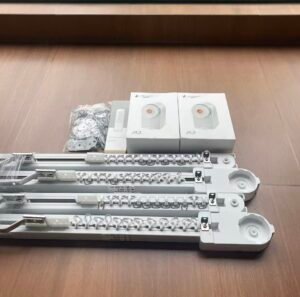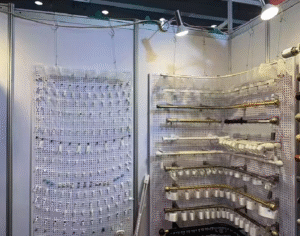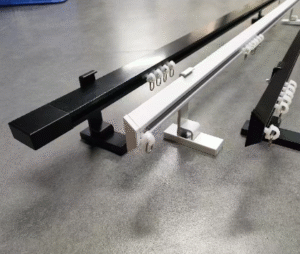Worried about curtain tracks failing in your commercial space? Improper installation leads to safety risks, costly damages, and a constant need for repairs. Following professional steps ensures a secure, long-lasting result.
Proper installation in commercial buildings requires using the correct anchors for the specific wall type, ensuring precise bracket spacing to support the load, and meticulously leveling the track to guarantee smooth, reliable operation.
From my early days on the factory floor, I learned that a perfect product can fail with a bad installation. I’ve visited sites where heavy-duty tracks pulled right out of the wall. The problem wasn’t the track; it was the installation. A purchasing manager like Matt needs to ensure that the investment in quality hardware is matched by quality installation. A few simple mistakes can lead to major headaches, but getting it right is straightforward if you follow a clear process.
How Do I Properly Install Curtain Tracks in Commercial Buildings?
Starting an installation without a plan is a recipe for disaster. This leads to crooked tracks, improper placement, and a finished look that feels unprofessional. Careful preparation is the key to success.
Begin by gathering the right tools like a level, drill, and tape measure. Then, precisely measure and mark the locations for each bracket, ensuring they are perfectly level before drilling any holes.
The first step is always preparation. Before you even think about drilling, you need to have everything ready. This prevents mistakes and ensures the job goes smoothly. You will need a good quality laser or spirit level, a power drill, a tape measure, and a pencil. Critically, you also need the correct screws and anchors for your specific wall type, which we'll discuss later.
Once you have your tools, the measurement phase begins.
Measure and Mark
First, determine the final height of your track. Then, use the level to draw a faint, straight line across the wall where the top of the track will sit. This line is your guide. Next, mark the positions for your brackets1 along this line. A good rule is to place the first and last brackets1 about 5-10cm from the ends of the track. The spacing for the brackets1 in between depends on the track system and the curtain weight2.
| Curtain Weight | Recommended Bracket Spacing |
|---|---|
| Light (Sheers) | Every 80-100 cm |
| Medium (Lined) | Every 60-80 cm |
| Heavy (Blackout) | Every 40-60 cm |
Always double-check your measurements. This small step saves you from drilling unnecessary holes and ensures a perfect, level installation.
How Do I Stabilize a Curtain Track in a Commercial Building?
A curtain track pulling away from the wall is a serious safety hazard. This failure happens when standard screws are used in weak surfaces. You must use the right anchors.
To truly stabilize a track, you must use anchors appropriate for the wall material. For drywall, use toggle bolts; for concrete, use sleeve anchors. Never rely on the small screws included with an item.
The single most critical part of any installation is how the brackets are anchored to the wall. This is especially true in commercial buildings, where walls can be anything from drywall over metal studs to solid concrete block. Choosing the wrong fastener is the number one reason for installation failure. I've seen heavy tracks and curtains come crashing down because an installer used a simple plastic plug in drywall.
Choose Anchors Based on Wall Type
You must identify your wall material and choose an anchor with the necessary pull-out strength.
| Wall Material | Recommended Anchor Type | Why It Works |
|---|---|---|
| Drywall | Toggle Bolt or SnapToggle | Spreads the load over a large area behind the wall. |
| Concrete / Brick | Sleeve Anchor or Masonry Screw | Expands to grip the inside of the drilled hole securely. |
| Metal Studs | Self-Drilling Screws | Designed to bore directly into steel studs for a strong hold. |
Investing an extra few dollars in the right heavy-duty anchors is the best insurance you can buy for your installation. It provides the stability needed to handle heavy curtains and the constant use they endure in a commercial setting, keeping your property and people safe.
How Do You Finalize a Curtain Track Installation?
The track is on the wall, but now the curtains jam when you pull them. An improper final assembly can ruin an otherwise perfect installation. Smoothness comes from careful finishing touches.
Finalize the installation by securely attaching the track to the brackets, installing the end caps, and threading the gliders into the track before hanging the curtains. Test for a smooth, unimpeded glide.
Getting the track onto the wall is only half the job. The final assembly is what ensures it functions perfectly for years. Once your brackets are securely anchored, the next steps are simple but important.
Attaching the Track and Components
First, lift the track and snap or screw it onto the brackets. Make sure every bracket is fully engaged. The track should feel solid with no movement or flex. Next, slide the required number of gliders3 into the track channel. A common mistake is hanging the track and then realizing you forgot the gliders3! Always put them in before you close off the ends. After the gliders3 are in, attach the end caps4 or end stops. These small parts are crucial; they prevent the gliders1 from falling out and give the installation a clean, finished look.
Testing the System
Before you hang the heavy curtain, run your hand along the group of gliders. Pull them from one end to the other. They should move freely and silently, with no catching or grinding. If you feel any resistance, check that the track is properly seated on the brackets and that there is no debris inside the channel. This final check ensures a smooth-moving curtain system from day one.
Is It Worth Getting Curtains Professionally Installed in Commercial Buildings?
You are tempted to have your maintenance team handle the installation to save money. But a failed installation is far more expensive. Is professional help really worth the cost?
Yes, professional installation is worth it for commercial projects. Professionals have the tools, expertise with various wall types, and insurance to guarantee a safe, durable, and aesthetically perfect result, saving money long-term.
While I admire the DIY spirit, commercial curtain installation is a job best left to professionals. The cost of a professional installer is minimal compared to the potential cost of failure. I always advise partners like Matt to factor professional installation into their project budget. Professionals bring efficiency and expertise. They can identify wall types instantly and have all the right anchors and tools on their truck. What might take your team a full day, they can often complete in a few hours.
The Value of Professional Expertise
More importantly, they assume the risk. A professional installer is insured. If a track is installed improperly and fails, causing damage or injury, their insurance covers it. If your in-house team makes a mistake, that liability falls on you. Professionals also guarantee their work. You get a perfect, level installation that functions smoothly and looks great. They ensure the stack back is correct, the curtains hang at the right height, and the system is ready for heavy commercial use. This peace of mind and guaranteed quality are well worth the investment.
Conclusion
Properly installing curtain tracks in a commercial building requires careful planning, the right anchors, and precise execution. For peace of mind and guaranteed durability, hiring a professional is a wise investment.
Related:
-
Explore this link to find the most suitable brackets for your curtain track, ensuring stability and style. ↩ ↩ ↩ ↩
-
Understanding curtain weight is crucial for proper installation; this resource will guide you on how to choose the right track. ↩
-
Understanding the role of gliders can enhance your installation process and ensure a smoother operation. ↩ ↩ ↩
-
Learn how end caps contribute to a professional finish and functionality in your track system. ↩
